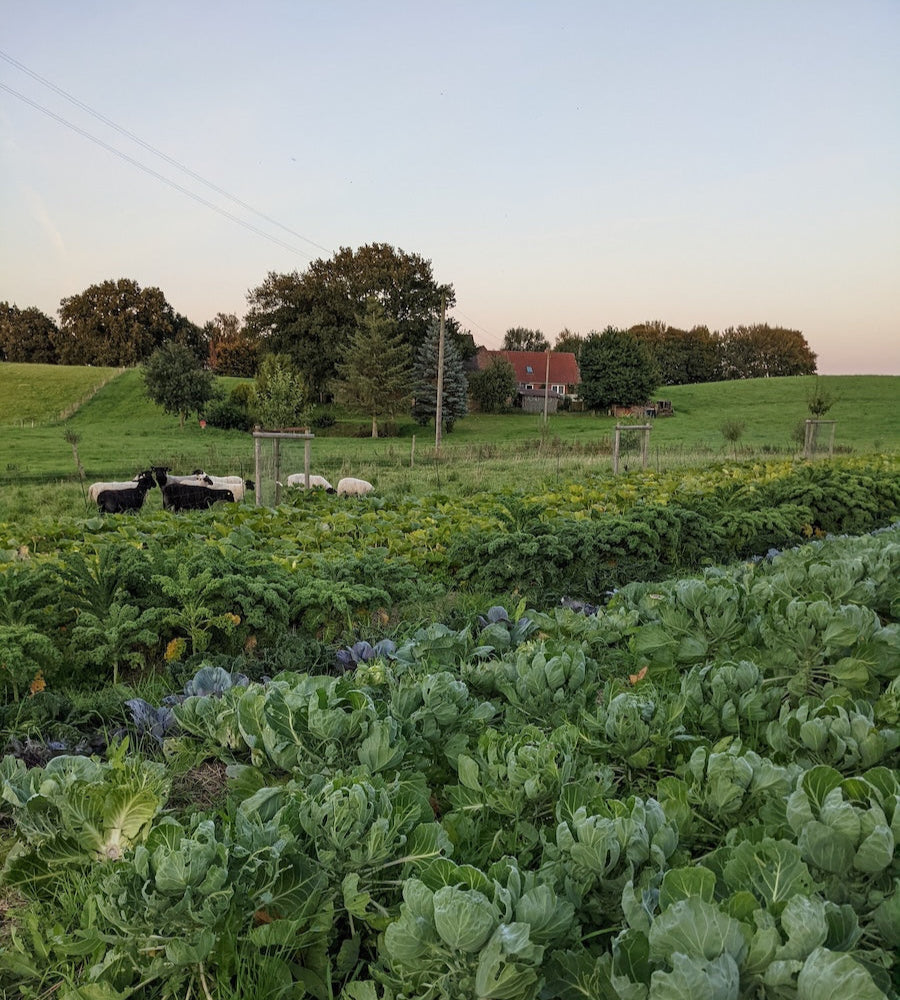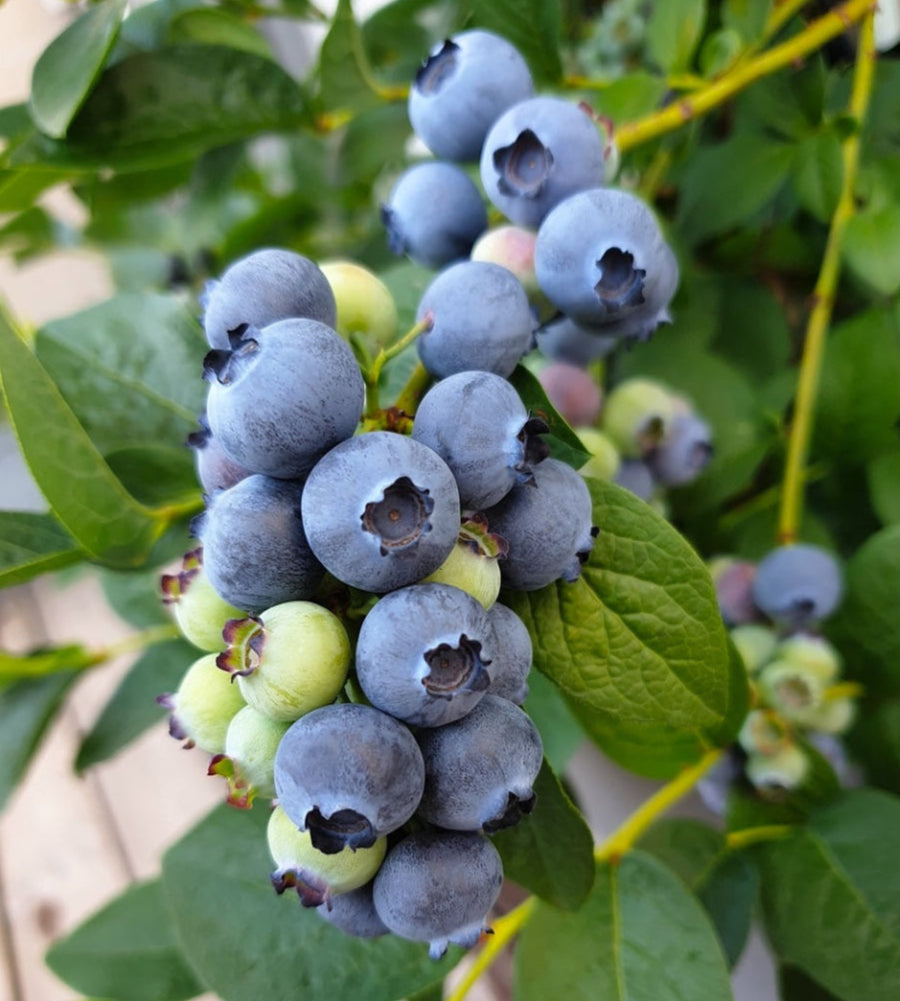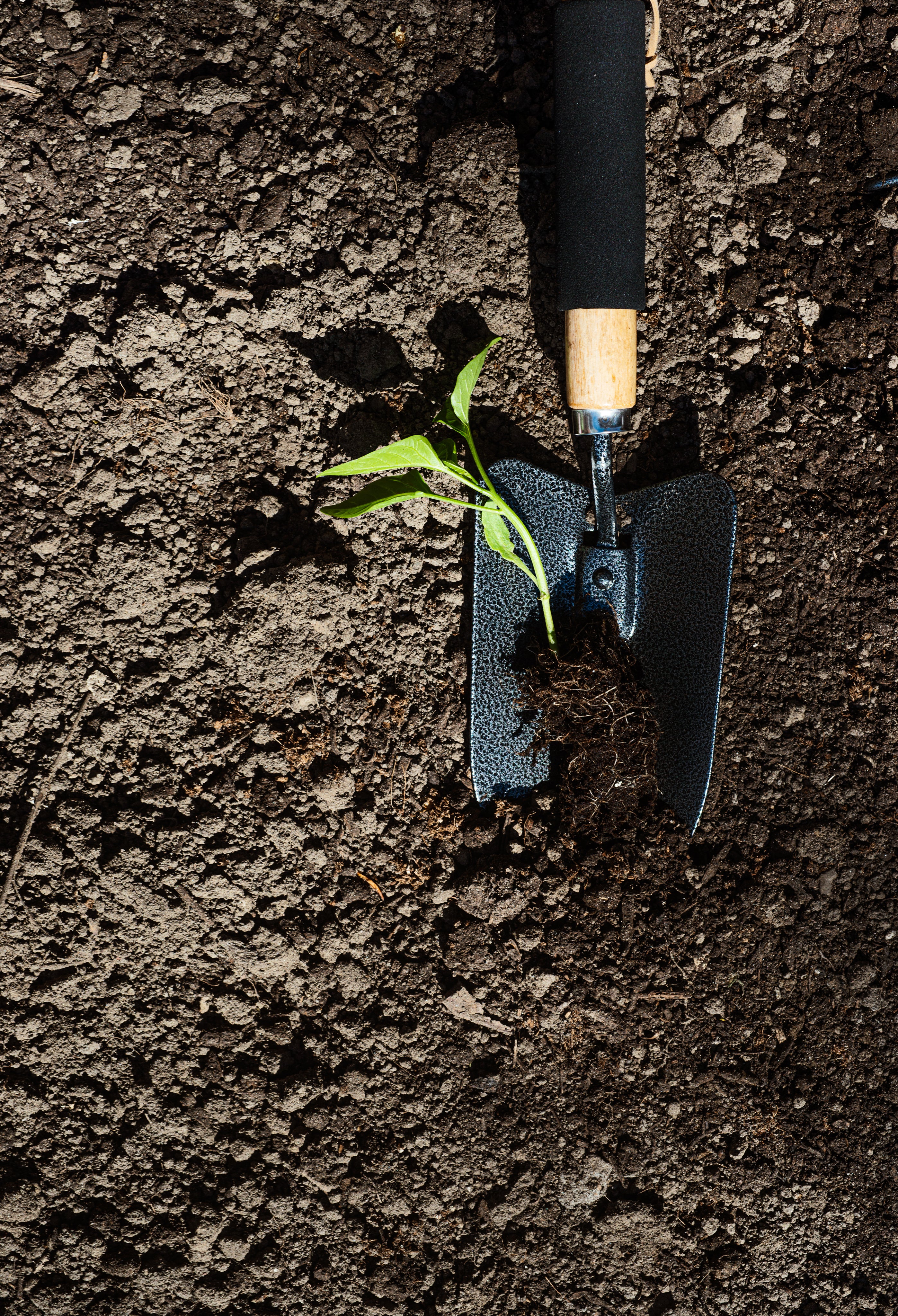
What is Regenerative Farming?
Supporting regenerative agriculture is something all of us at Farmana are very passionate about.
Why? Because regenerative agriculture is good for people, good for animals, and good for the planet.
While there are different interpretations of what encompasses regenerative agriculture, at its core, the goal of this type of farming is to rebuild and maintain soil health to enhance for long-term crop sustainability. In addition to that, regenerative practices also increase nutrient density of foods, lower CO2 levels by pulling it back into the soil, and improve the longevity of the farming operation. Regenerative farming can also produce greater yields and cost farmers less money to operate.
Farms small and large around the globe are transitioning to regenerative farming practices in order to rebuild the health of their soil, increase harvests to feed more people, and future-proof their land for generations to come.

What About Organic?
Organic farming, a core pillar of regenerative agriculture, ensures our foods are grown free from pesticides, GMOs, hormones, and antibiotics. But regenerative agriculture goes even further—these farming practices actively nurture and improve soil health, resulting in healthier and more nutrient-dense plants grown in that soil.
While our whole food ingredients are organic, we're in the process of transitioning to those sourced from regenerative farms. The supply chain for regeneratively grown ingredients is still maturing, and we are committed to transparency as we make this important shift. As these superior ingredients become more accessible, we are committed to incorporate them, elevating the wholesomeness and nutrient-density of our products even further.
Regenerative Farming Practices
Organically Grown
No synthetic pesticides or chemical fertilizers are used to treat crops. Instead, using compost, crop rotation and animal integration helps build soil health and prevents pests and disease.
Compost Use
Compost made of organic matter is used on crops to infuse the soil with key nutrients, microbes and compounds needed to rebuild nutrient depleted soil and produce strong, healthy harvests.
Plant Diversity
Different plants are grown on the same land either as cover crops or sequential plantings, which mimics the natural diversity of native plant and improves soil health, pest control, and crop yield.
No Till Method
Tilling crop land using machinery does significant damage to the soil structure and microbiome. Opting for no-till methods will improve soil health, raise moisture levels, and prevent erosion.
Cover Crops
Keeping crops covered with vegetative cover, crop residues or mulch year round helps return nutrients to soil, prevents erosion, promotes moisture, and reduces weeds and pests.
Animal Integration
Ruminant livestock like cows, sheep and goats can be rotated onto spent crops to graze and return nutrient-rich manure to the soil which increases nutrient levels, and increase diversity of soil microbes.

